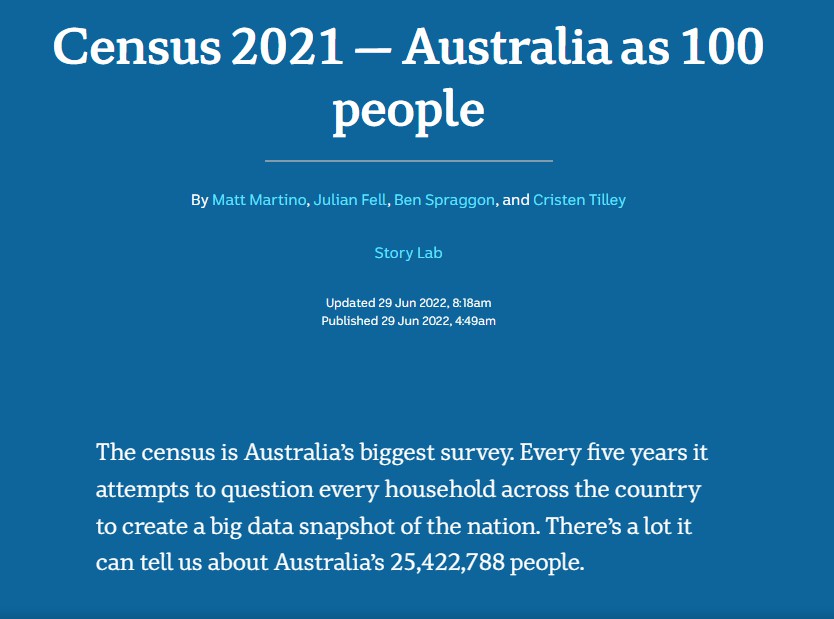What does it mean to be australian? watch and discuss (click on the image)
HE20510 Bachelor of Early Childhood Education and Care (Birth-5yrs)
ECSFC201A DIVERSE AUSTRALIA: EQUITY AND DIVERSITY
WHAT IS HISTORY? WHAT IS HISTORY IN AUSTRALIA?
PERSONAL BIASES
PROFESSIONAL REFLECTION
TAFE NSW
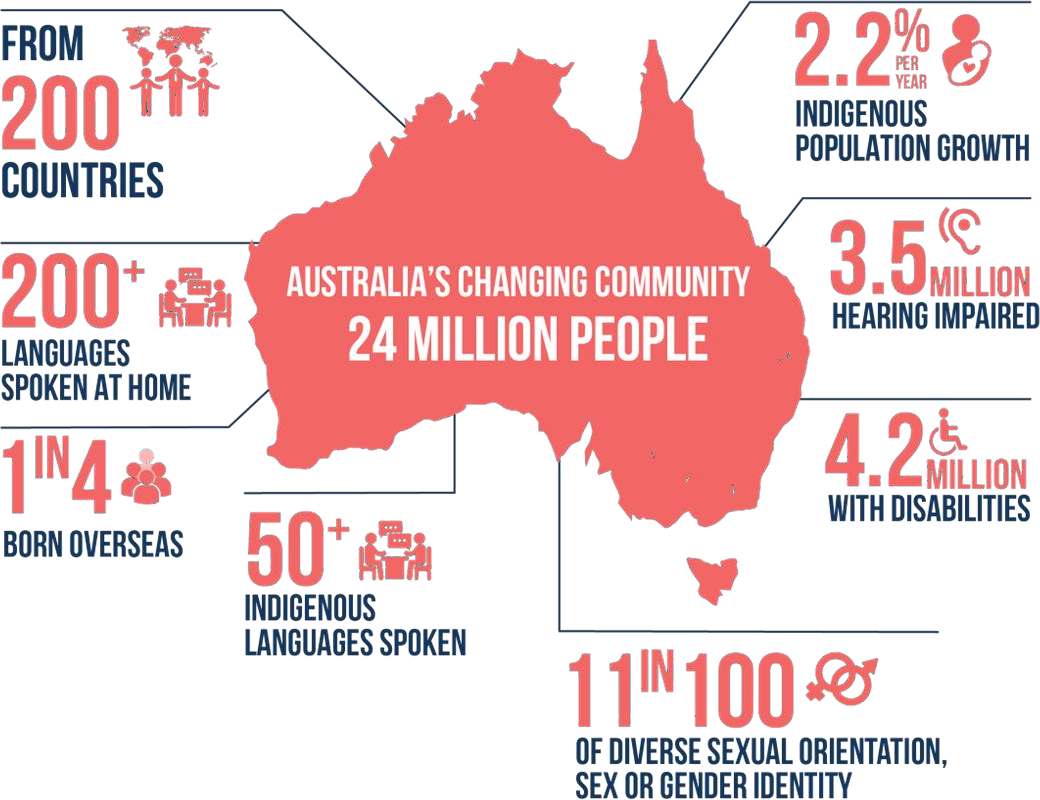 DIVERSE AUSTRALIA
DIVERSE AUSTRALIA
DIVERSE AUSTRALIA: EXPLORE
/2022-06-29/census-australia- as-100-people/101181614
In 2021, 5.8 million people (22.8%) reported using a language other than English at home. This was an increase from 4.9 million people (21.6%) in 2016. (ABS, 2022)
What else does the data tell us?
WHAT IS ‘HISTORY’?
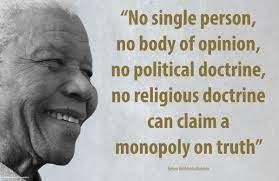
The Nelson Mandela Foundation, 2017
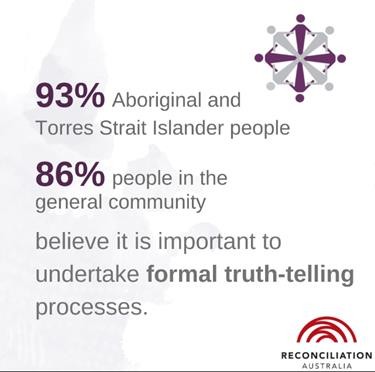 WHAT IS ‘HISTORY’?
WHAT IS ‘HISTORY’?
AUSTRALIAN HISTORY
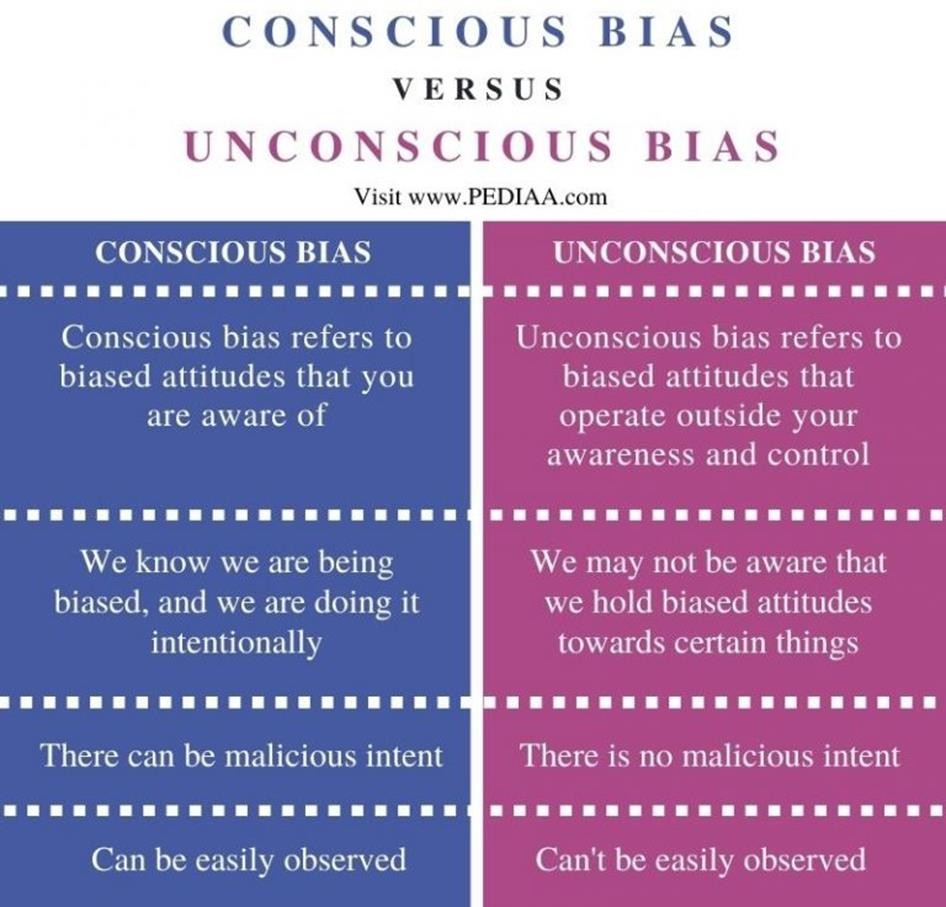 WHAT
IS BIAS AND WHAT IS ‘ANTI-BIAS’?
WHAT
IS BIAS AND WHAT IS ‘ANTI-BIAS’?
Conscious vs unconscious bias 2021 [Digital image] Retrieved 20/6/23,
from https://pediaa.com/what-is-the-difference- between-conscious-and-unconscious-bias/
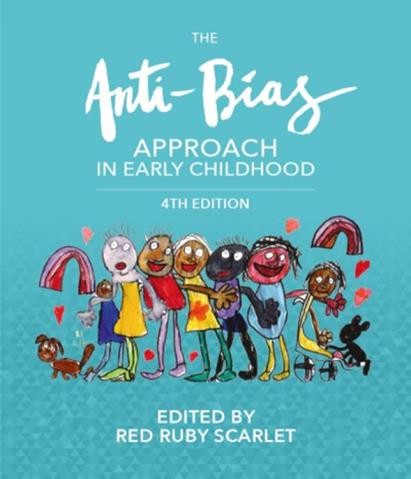
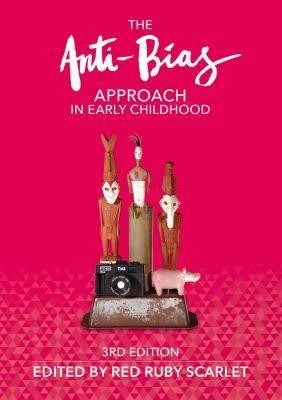 PRESCRIBED TEXT:
INTRODUCTION
PRESCRIBED TEXT:
INTRODUCTION
“While the underlying philosophy in both books is consistent, the precious stories, personal experiences and pedagogical examples differ with diverse
contributors in each edition.” (Multiverse, 2023)
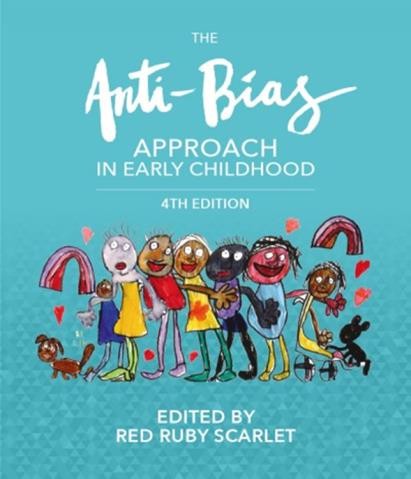 THE ANTI-BIAS APPROACH
THE ANTI-BIAS APPROACH
WHAT IS ‘ANTI-BIAS EDUCATION’?
The heart of anti-bias work is a vision of a world in which all children are able
to blossom, and each child’s particular abilities and gifts are able to flourish.
WHAT IS ‘ANTI-BIAS EDUCATION’?
Children and adults know how to respectfully and easily live, learn, and work together in diverse and inclusive environments.
All families have the resources they need to fully nurture their children.
ANTI BIAS EDUCATION RELATES TO CHILDREN’S
THE ANTI-BIAS GOALS
Effective anti-bias education happens when all four goals are part of your program. As Scarlet & Gallen (2020, p.1) tell us:
Anti-bias approaches are central to all education. There is no education without anti-bias approaches.
THE ANTI-BIAS GOALS
GOAL 1
GOAL 2
(Scarlet, 2020, p.2, adapted from Derman-Sparks & Olsen Edwards, 2010)
THE ANTI-BIAS GOALS
GOAL 3
Each child and educator will increasingly recognise unfairness, have language to describe unfairness, and understand that unfairness hurts themselves and others.
GOAL 4
THE ANTI-BIAS APPROACH
Certainly the environment is critical but it is not the ‘be-all and end-all’…
(Scarlet, 2016, p.XXXIII)
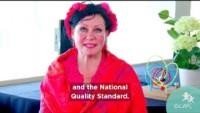 Listen to Dr Red Ruby Scarlet
introduce the Anti-Bias Approach in early childhood education. Click on
the image to play.
Listen to Dr Red Ruby Scarlet
introduce the Anti-Bias Approach in early childhood education. Click on
the image to play.
CHILDREN AND BIAS
Most children notice gender and racial cues during infancy and by the time they are two are commenting on gender and race differences.
Awareness of socio-economic status usually begins with children observing clues such as clothing, homes and possession.
CHILDREN AND BIAS
CHILDREN AND BIAS
While resources and materials play an extremely important role, the role of adults (teachers) is critical (Glover, 2016, p. 7).
“It is no good having black dolls if black people themselves are not valued, if racist remarks are not recognised and challenged, if factual questions about racial differences are not answered correctly, if no attempt is made to find out what children are learning, feeling, believing and if strategies are not devised to openly discuss with children, in ways they can understand, why racism is wrong.” (Lane, 1988 cited by Glover, 2020, p. 21).
CHILDREN AND BIAS
police officer)
Adults use social categories in ways that lead children to construct hypotheses
CHILDREN AND BIAS
Silencing children, responding uncomfortably when they notice difference, suggesting that there is only one right way to be in the world, using discriminatory language, denying difference and not presenting children with role models representing diversity, all facilitate the development of bias.
(Glover, 2016, pp. 8-9).
DEVELOPING CRITICAL THINKING AND ACTIVISM
DEVELOPING CRITICAL THINKING AND ACTIVISM
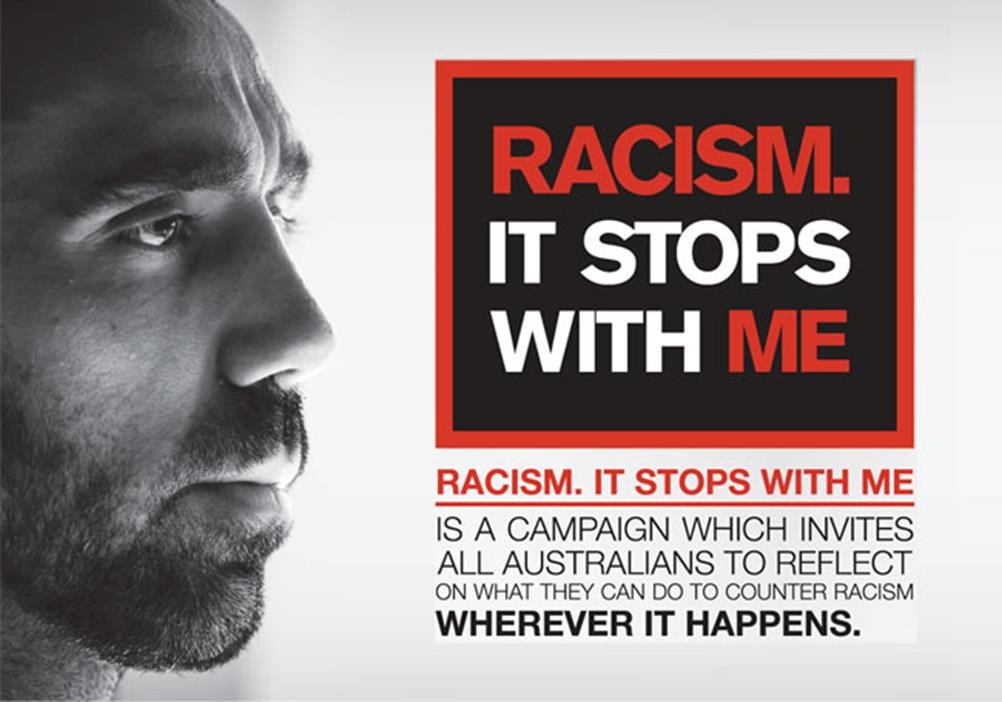
DEVELOPING CRITICAL THINKING AND ACTIVISM
Why don’t I challenge and confront bias?
DEVELOPING CRITICAL THINKING AND ACTIVISM
EXPLORING ANTI-BIAS: REFLECTIONS ON CURRENT PRACTICE
Educator C: To me, if you are an educator who personally believes that we shouldn’t have refugees in Australia, how are you going to react when a family from a refugee background enrols at your service? You easily transmit personal beliefs and attitudes to children when you teach. You do that whether it is explicit or not. All educators need to be aware of their personal biases, attitudes and beliefs.
(Evans & McAllister, 2016, pp. 248-249)
DEVELOPING CRITICAL THINKING AND ACTIVISM
DEVELOPING CRITICAL THINKING AND ACTIVISM
QUESTIONS FOR REFLECTION:
Are there some children I label and therefore limit?
Which children and families at the service do I interact with least? Could this be related to different cultural, social economic class, sexuality or gender backgrounds?
DEVELOPING CRITICAL THINKING AND ACTIVISM
DEVELOPING CRITICAL THINKING AND ACTIVISM
Anti-bias approaches help us change ourselves.
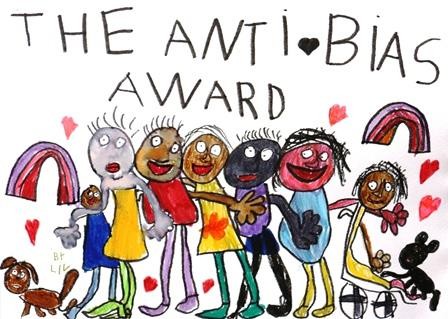 Activism reminds us not to
stop there. (Bryant, Gibbs and McNicolas, 2020)
Activism reminds us not to
stop there. (Bryant, Gibbs and McNicolas, 2020)
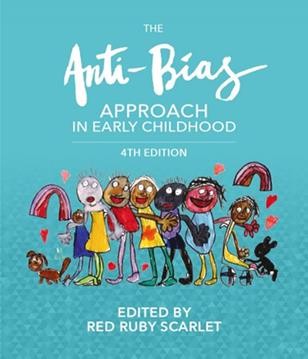 ANTI-BIAS ACTIONS
ANTI-BIAS ACTIONS
HOW DO WE IMPLEMENT THE ANTI-BIAS GOALS?
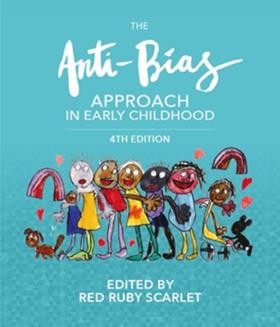 ANTI-BIAS ACTIONS
ANTI-BIAS ACTIONS
HOW DO WE IMPLEMENT THE ANTI-BIAS GOALS?
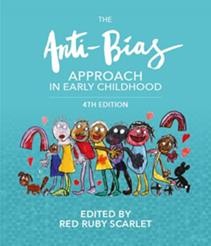 ANTI-BIAS ACTIONS
ANTI-BIAS ACTIONS
HOW DO WE IMPLEMENT THE ANTI-BIAS GOALS?
disadvantage because of the way society is structured, rather than because of their individual or cultural diversities and differences.
Action 4: Physical spaces within educational settings (indoors and outdoors including public and community spaces) consider for individual diversities and differences of children and educators, based on a whole service approach.
 ANTI-BIAS ACTIONS
ANTI-BIAS ACTIONS
HOW DO WE IMPLEMENT THE ANTI-BIAS GOALS?
QUESTIONS FOR REFLECTION
Where are the opportunities to identify and celebrate difference?
What does it feel like to included or excluded?
Derman-Sparkes, L. & Olsen Edwards, J. Anti-bias education for young children and ourselves. National Association for the Education of Young Children.
MacNaughton, G. . (2005). Doing Foucault in early childhood studies : applying poststructural ideas. Routledge.
end
TUTORIAL
Using Bronfenbrenner’s bio-ecological model as a guide, map out the systems of influence in your life.
WHAT DOES CULTURAL RESPONSIVENESS LOOK LIKE?
Educators who are culturally responsive, respect multiple cultural ways of knowing, doing and being and celebrate the benefits of diversity. They honour differences and take action in the face of unfairness or discrimination. Being culturally responsive includes a genuine commitment to embed Aboriginal and Torres Strait Islander perspectives in all aspects of the curriculum. (AGDE, 2022).
TUTORIAL
TUTORIAL
https://www.abc.net.au/news/2019-10-22/annabel-crabb-national-identity-what- makes-an-australian/11623566
What do you think?


